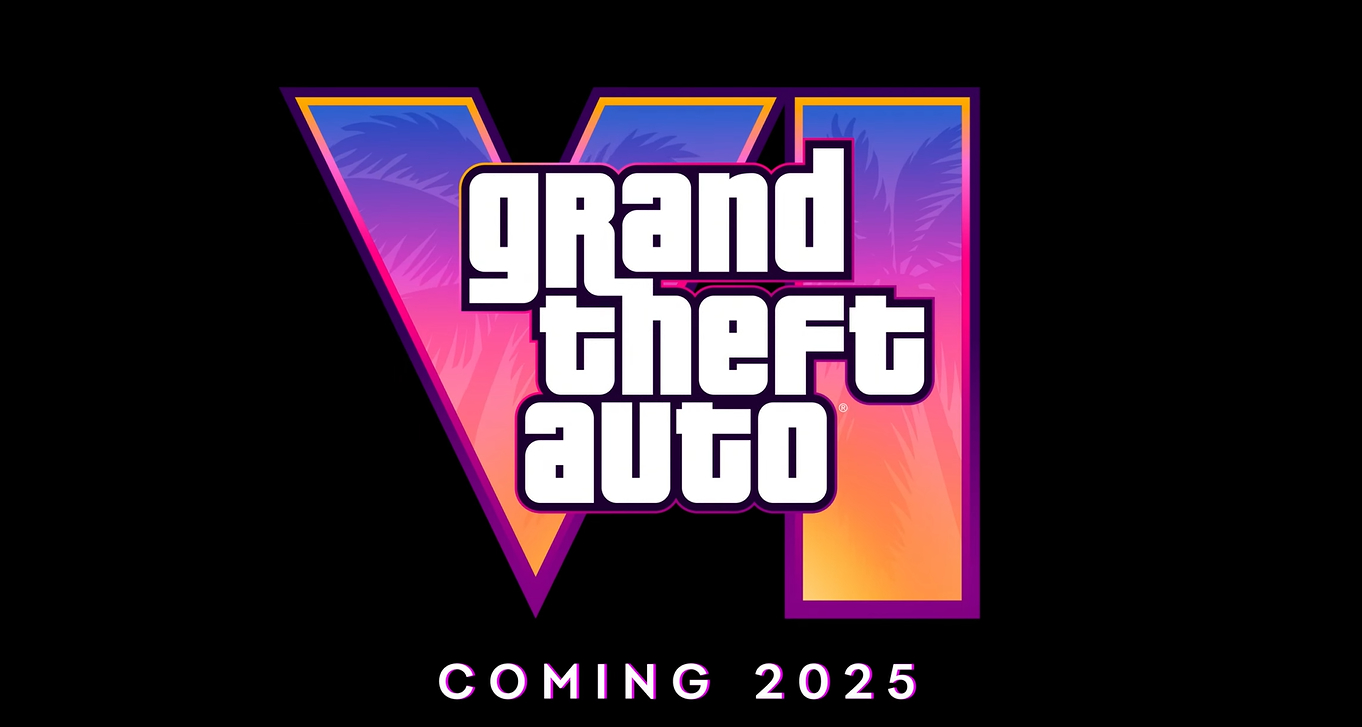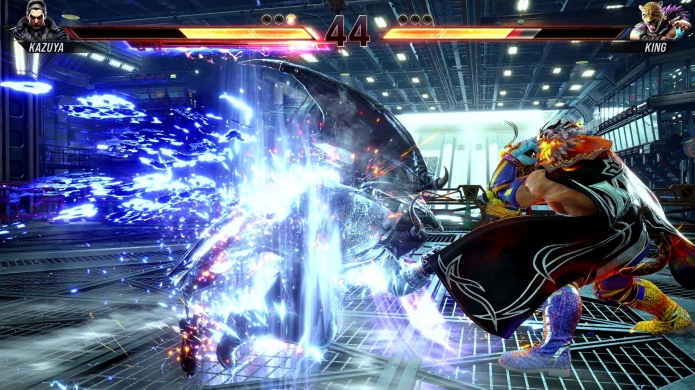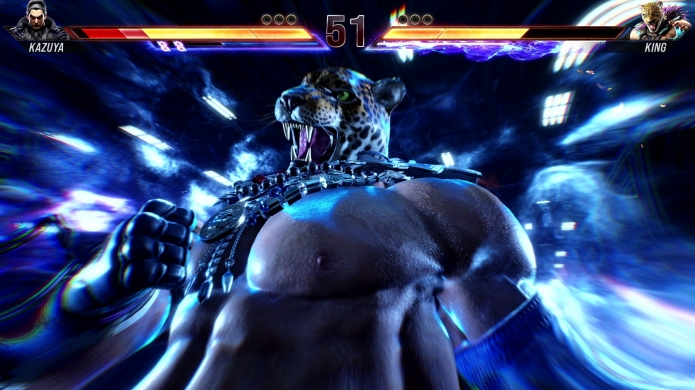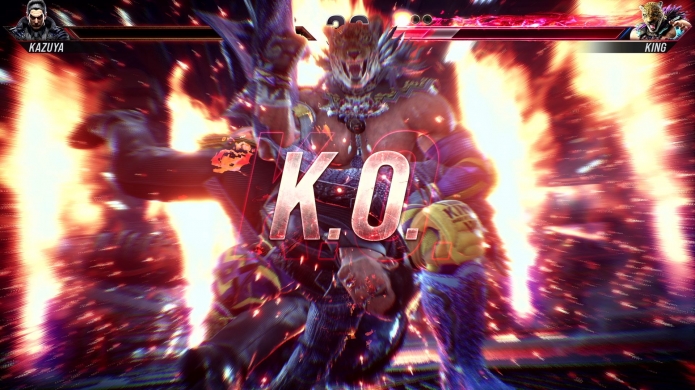Gloves Off With Harada: Tekken 12 Confirmed, Hairdos and Don’ts, and the Trials of Making 8
Post by Grizz @ 12:01am 29/03/23 | Comments
We hitched a ride to Singapore for a world first fists-on with Tekken 8. The TL;DR after two hours and 10 characters: Tekken 8 is feeling like an uppercut above the rest. Following that extended lunch of knuckle sandwiches, we then picked the brains of Katsuhiro Harada, executive producer and sunglasses enthusiast...
With aggressiveness being such a core concept, will this tip the balance more in favour of players who are more adapted pushing the fight while leaving little room for more defensive type gameplay?
Katsuhiro Harada: I'm going to take a step back before delving into the specifics here. You have to think that fighting games are unique and different from other genres. For example, in a shooter, or something, you can't block your opponent's attacks. So if you're very good at blocking in Tekken, then you don't take damage, meaning you don't lose, right? So if you just deal maybe five percent damage to your opponent and then block all the rest of their attacks, then you can win.
So, what makes [fighting games] different is that they’re already kind of skewed towards a defensive game, just by their nature. So all we did, to kind of bring things a little bit back was to reward people by making it easier to open up your opponent if they're just defending all the time. Or, conversely, maybe you're the defending player and you see more of a chance to turn the tide, so maybe you use these [new] features to go on offence.
It's not like defensive players are not going to be able to enjoy the game. It's just that we're trying to make the game more entertaining, while also guiding players into having more fun with it by doing these attacks. Also, to make the game more engaging to watch, as well, rather than being so skewed defensively.
We're taking power away from defensive players, but it's still going to be a strong strategy in fighting games. We're just trying to balance everything a little bit more.
So blocking still is important?
KH: Another important distinction to make is with our new recoverable gauge feature. You can't die from blocking. If your gauge goes all the way to zero while you're blocking — that white portion of it — you still won't be knocked out. Your opponent still has to effectively hit you, to finish you off.
While the Special Style [assisted] control scheme will no doubt appeal to Tekken newcomers, or veterans trying to learn new characters, what kind of applications do you see for the more competitive players? Because you're allowing us to hotswap between the two modes on the fly, right?
KH: If a Pro player is in a tournament and they don't want to make a mistake, rather than doing the exact command for a rage art, they might want to use R1 just to decrease the error rate. So there's definitely that possibility / application, but mainly we're thinking it's for if you want to check out a new character. Or if you're online and you're losing to a certain character who you can now pick yourself and learn what their weaknesses are by using them yourself.
Special Style will allow you to better foster how that character is envisioned. It cuts down on the learning time. [That being said,] once Tekken 8 is released, and players get their hands on it, sometimes they find interesting ways of using things that we haven't envisioned. So who knows, right?.
The game feels very momentum based, with the addition of the heat system. Why did you want to lean more into the momentum shifting between players?
KH: If you look at a real sport, like boxing, typically at first you'll see the people circling each other jabbing, and then there's some kind of instant where it changes drastically. Maybe it's a counter-punch or something lands and then the match just totally goes in a different direction. Or, to use a different example, if you're playing baseball and there's a home run, or a hit that loads the bases, and just totally changes the flow of the match. Those are the moments that escalate everything — the most exciting moment to watch.
We're creating instances where it's easier for stuff like that to happen — designing it as an intentional choice. It's more exciting for the players but also, obviously, for the people who are spectating the game, too.
In the earlier presentation, you spoke about the importance of each character having a distinct feel. How do you balance that with Tekken having such a big roster? Do you have as much time to focus on making each character unique?
KH: Looking back, Tekken's been a very long-running series compared to many other games. I mean, Street Fighter is long as well, right? But we have more installments on a more frequent basis, so we were able to kind of develop the characters who have returned over quite a long time. That said, it's not like we think “Paul is this way”. When people get their hands on Paul, and they like this part of him and we like this part of him, and then we'll kind of say “okay well we'll tame him in that in this manner and then see how they like it.”
That's our relationship with the fan base, and doing several iterations via the installments has allowed us to fully flesh out each of the characters a bit more. So once you have that, it's much easier to do, because the whole setting of the character — the background, everything — it's so much easier to put that into their gameplay to make them kind of stand out.
That said, we've been working on the game for so long that it's kind of clear to us. We don't have to spend a whole lot of time thinking “what is this character?” Everyone pretty much knows. So then it's a matter of how to reflect that in the game in an easy to understand way, for all players and the spectators.
What's been the biggest challenge in designing so far, in terms of game design or working in Unreal Engine 5?
KH: So, Tekken 7 sold 10 million. Right up until that point, the previous milestone was eight point something with Tekken 3. With a huge success like that, normally you're less inclined to try something drastically new, right? Because you don't want to veer away from what you know everyone obviously likes so much. But at the same time, you can't just do a Tekken 7.5. It has to be a big, big change that lives up to a Tekken 8.
Though we didn't have to, we chose to redo all the models in the game, to just scrap everything and start from scratch. We wanted to remake the characters in a way that looked evolved and new, but at the same time keep that design philosophy there to keep them recognisable. Doing that was very difficult.
Another interesting hurdle has been the discussion around the cost of development, which is something maybe many companies face. Games have evolved so much in such a short time, so the cost of creating them has increased exponentially.
Companies outside of Japan, especially ones that only make video games, like Ubisoft or similar, are more attuned to how much [development] normally costs. As you know, many of their board members come from backgrounds in development, whereas with Bandai Namco Entertainment, it's called “entertainment” for a reason. They make toys, they make anime and all kinds of things, So the board members who don't have a background [in video games] can sometimes ask, “Why is [Tekken 8] costing so much money compared to, like, a plastic model or a toy? You know, a product whose cost of creation hasn't changed so exponentially over the years.
With Tekken 7 selling 10 million copies, you'd think that you would get some Goodwill there. But no, it's still “this should cost half that much, because you can just take that and build on top of it,” or whatever. So that's been a very difficult aspect of the business of developing this game.
In the mid-90s, Namco dominated in the field of pre-rendered CGI cutscenes. I can vividly recall watching intros and saying, “Man, in-game graphics are never going to be this good!” Somehow, we've blasted beyond that to graphics that my PS1 brain could never have dreamed of. From that perspective, does it feel odd when modern gamers nitpick visual imperfections in Tekken 8?
KH: It's a very interesting topic that you bring up. As you say, the people who are playing games now who are maybe younger — they haven't grown up with those retro games and are used to photo realism. People will have their own views on what looks pretty or not pretty. For some that means looking extremely real just like a photograph. For others, it might be more artistic — were the use of the colours or the flair added more appealing to them? It's a really subjective topic.
You really have to take that into account, that even the CGI trailers or graphics, or whatever, there are “monsters” or “things that don't exist in real life” included, right? But they're still finely detailed, animated models in the game. So rather than making it photorealistic or whatever and saying “that's pretty” it's more about figuring out what your fan base — in this case, people who like Tekken up until now — wants it to look like. Then, you have to kind of translate that into how you portray the game for them. That's really a lot more difficult than people think. Getting something that's perfect for everyone.
Paul is a powerful contender who seems to be going through a, shall we say, “midlife transition of self-confidence and identity.” Also, what's with his new hair?
KH: Well, in general there's always been kind of a focus on older characters. We still wanted to portray them as very viable and cool — so that's not necessarily a crisis, or anything. In another kind of incidental element to this topic, back when we were still using a lot of CG it was kind of an interesting challenge to use older characters because you had to portray wrinkles and things which makes the CG look even more detailed. There was that technical uh side aspect to it as well.
As far as Paul's hairstyle is concerned, it was just a different way to make him feel like an evolution of his character. He had a different hairstyle before, so it wasn't like he's going through a midlife crisis or anything.
Another interesting side topic: we have this kind of unwritten rule. Paul's hair, ever since, you know, the instance of Tekken 4 where it has not been straight up, we’ve put it down. It went down a bit more for Tekken 8. Probably for Tekken 12 it’ll go down even more *laughs*. But hey — maybe some people love the old hairstyle, and they can go back to that [with the relevant skin].
Note: Event airfare and accomodation was covered by BNE.
Latest Comments

























